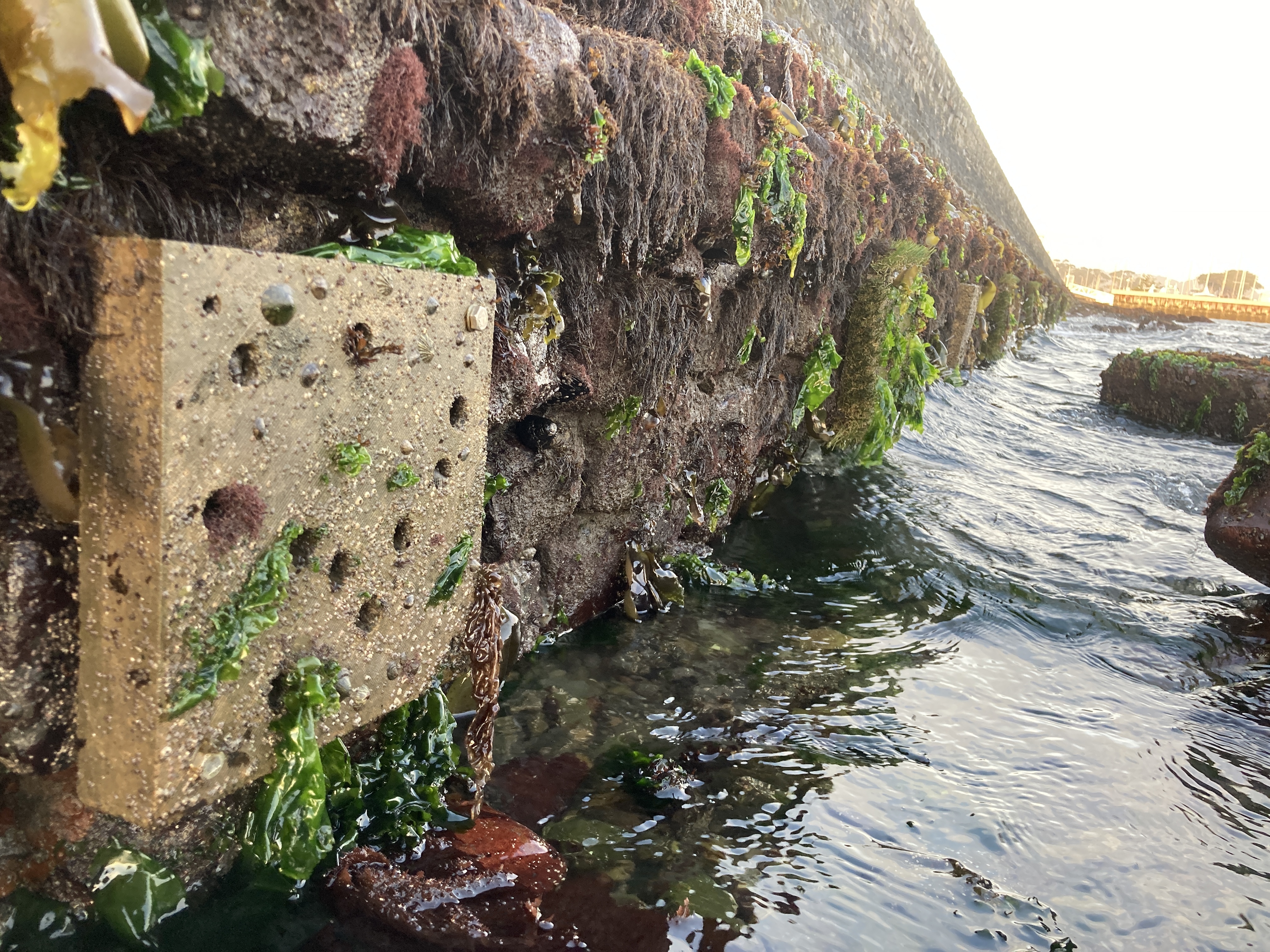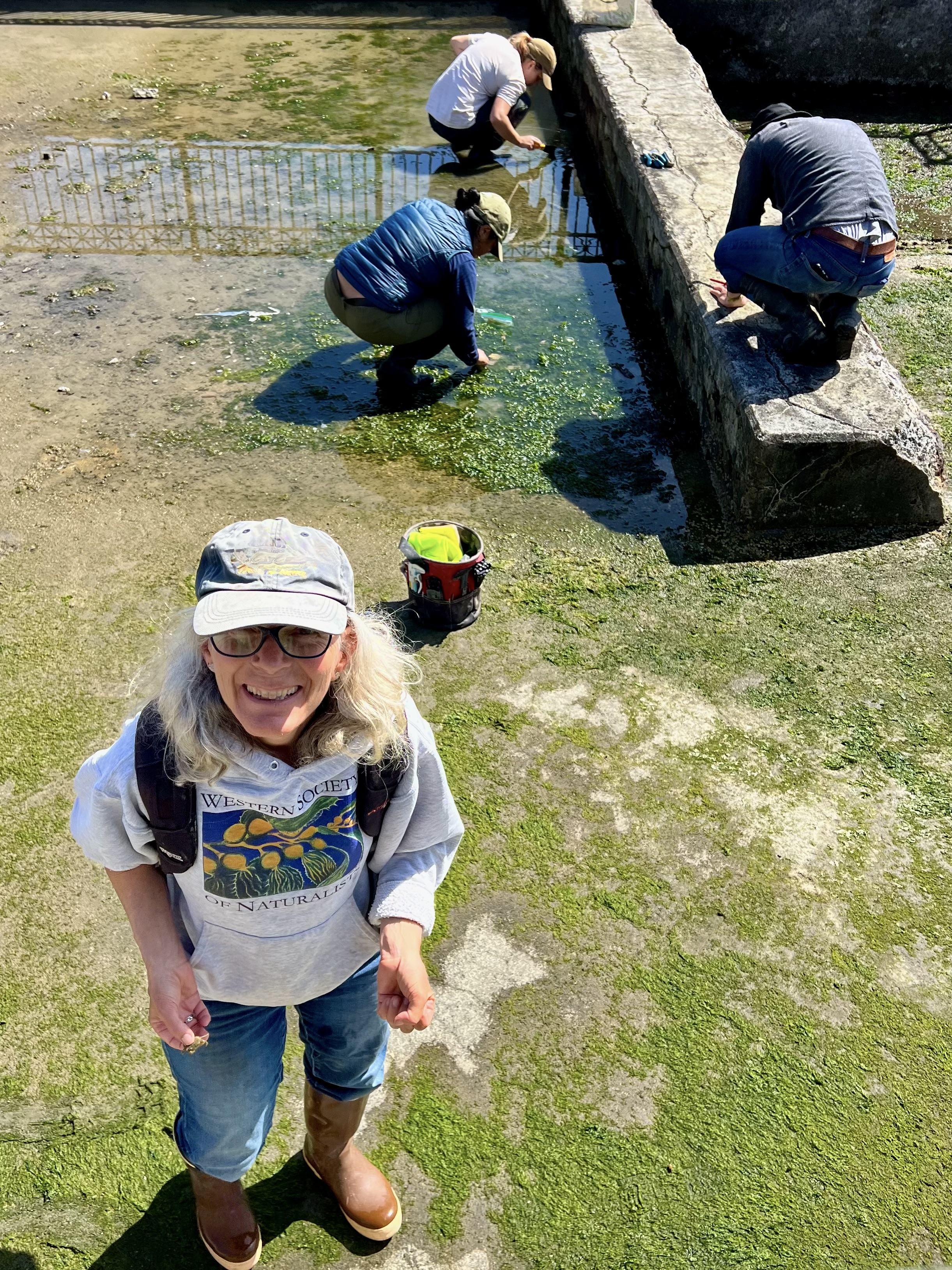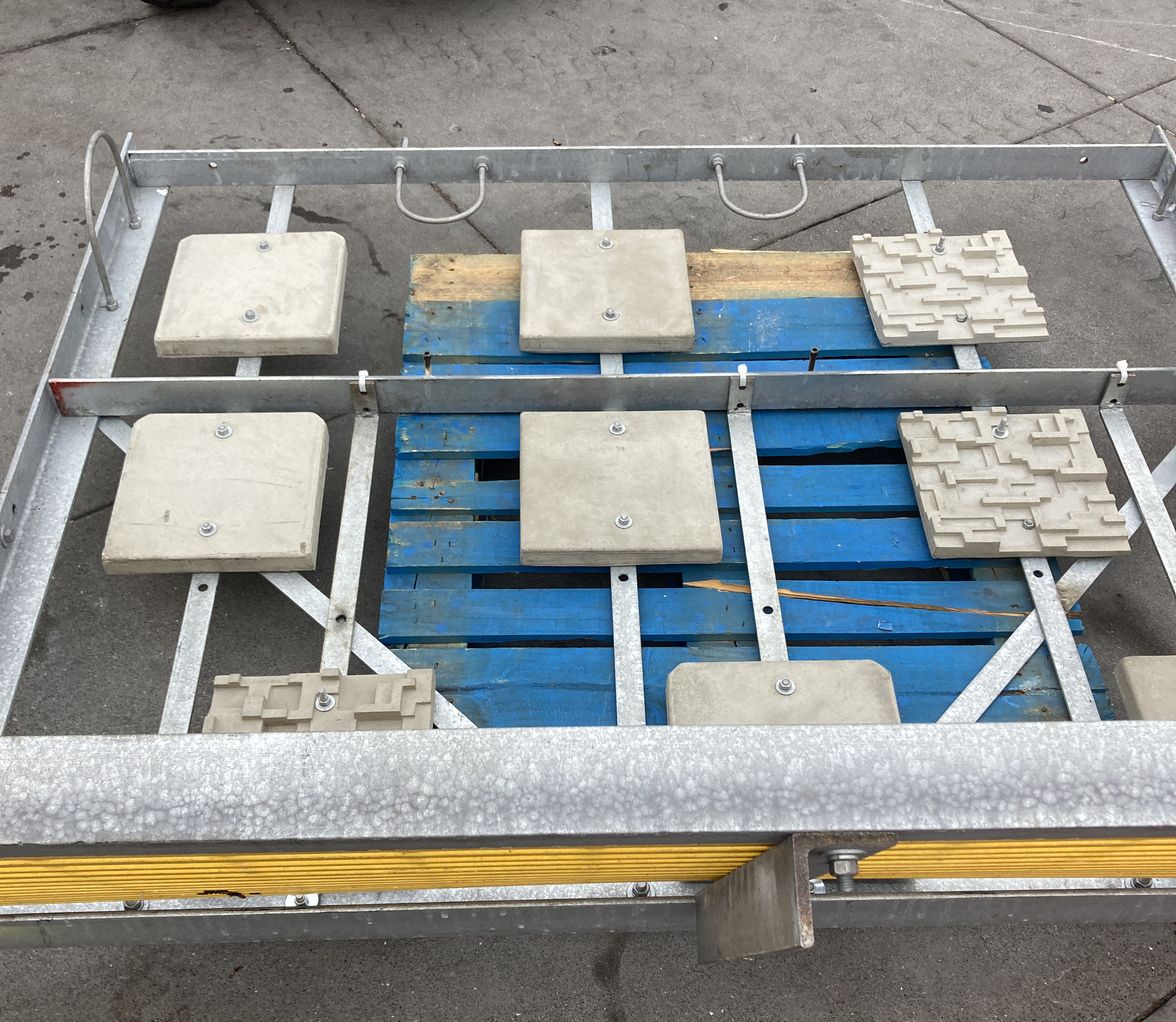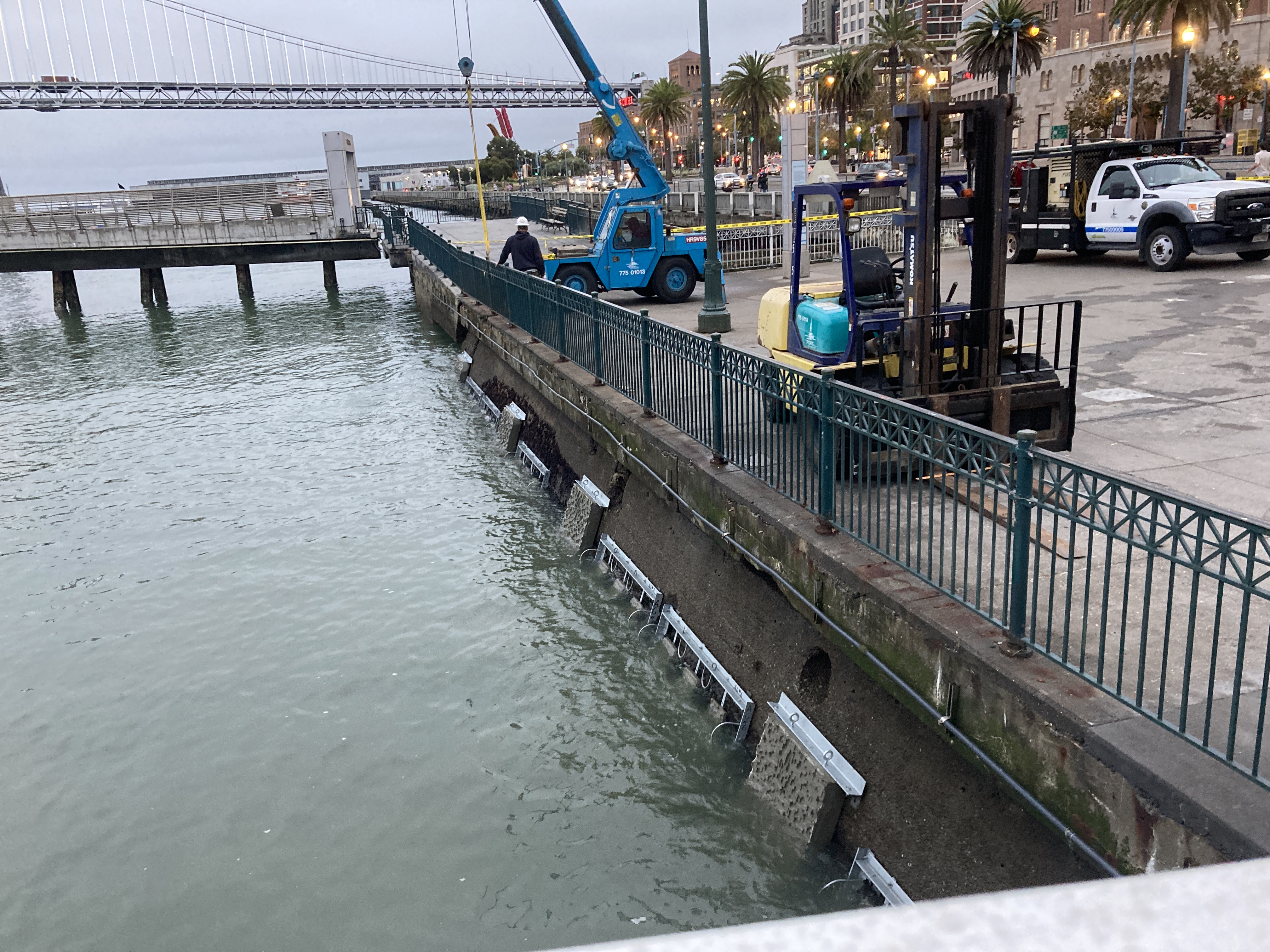by Jaylene Lopez
This article originally appeared in ECO Magazine, for their special November issue on Marine Invasions.

What if there was a way to create a seawall that aided local ecosystems instead of hindering them? This October, the Smithsonian Environmental Research Center (SERC) launched the Living Seawall Pilot Project with the Port of San Francisco. The project aims to test new materials and design for San Francisco seawalls that may promote biodiversity, and create a more harmonious relationship between people and San Francisco Bay’s marine life.
Seawalls are critical urban infrastructures that minimize the effects of flooding and earthquakes. Without the rigid foundation seawalls provide, earthquakes can destabilize the ground, causing flooding, collapsed buildings and cracked roads. The upcoming “Big One” earthquake threatens not only the $100 billion assets in the Bay, but may cause injury to the people who live and work in the area.
In the Bay area, emergency response programs and public transportation like the ferries, BART and MUNI rail systems all depend on seawalls. They also add about 500 acres of new land to the San Francisco shoreline.
Meanwhile, the existing San Francisco seawall is overdue for repair. Large sections are susceptible to damage. Rising sea levels make the renovation even more urgent—water damage deteriorates the walls, and this wall is already overtopped during extreme high tides.
Making Waves Towards Conserving Marine Life
Seawalls often consist of a texture that isn’t friendly to native sea life. The standard vertical, smooth concrete can appeal more to invasive species instead of the local marine life many people wish to conserve.

“[Traditional seawalls] fail to act as a surrogate for natural rocky shore habitat, as well as provide more opportunities for invasive species,” said Corryn Knapp, a Smithsonian graduate fellow working on the project.
Eco-engineering the Bay shoreline combines the need for safety with the possibility of a better ecosystem for wildlife.
“This project is a unique opportunity to collaborate with the Port to test ways to increase the diversity of ecological communities around these otherwise relatively low-diversity areas,” said ecologist Andrew Chang, an ecologist with SERC’s San Francisco branch (SERC-West). “We hope the results will help the Port design a renovated seawall that achieves engineering goals of protecting against threats from seismic activity and rising sea levels, while also promoting ecological diversity.”
Underwater Tiles on Trial

To make the seawall environment more closely mimic Mother Nature, SERC is testing three kinds of underwater tiles. One replicates the smooth concrete surface of a traditional seawall. The second type, also smooth, is made from a special bio-enhanced mixture (courtesy of ECOncrete, the company that made the tiles). The last type contains ECOncrete’s special mix plus a rougher texture to replicate native species habitats.
These special textured tiles may allow species like Olympia oysters, rockweed and Pacific herring to thrive in what resembles their natural homes. “We expect more seaweeds to grow on the textured tiles,” said SERC-West ecologist Chela Zabin. “Herring eggs do best when they are on seaweeds.”
SERC scientists are not completely sure if this approach will work to create wildlife habitat. But if successful, it may tip the balance in favor of native species.
“More diverse surfaces allow more diverse microhabitats to exist, which allows more diverse communities to thrive,” said Chang.

On Oct. 12, the first experimental tiles hit the water. The team chose three locations for the experiment: the Agricultural Building Seawall, the Pier 45 East Breakwater and South Beach Harbor East Breakwater. Each site contains 90 one-foot tiles and six larger tiles.
The scientists are also testing the tiles at different elevations—shallow subtidal, low intertidal and high intertidal—to see whether species respond differently to the textured surfaces when submerged for different periods of time.
The study will last two years. But Chang said scientists will remain on the lookout for new discoveries even after the two years are up. They’ll be checking to see if other modifications could pay off, like textures that jut out further into the water or adding more fish-friendly habitat to the seawall bottom.
The renovation of the seawall is popular with San Francisco voters, even with a $3 billion price tag. The city’s residents voted overwhelmingly to approve bond funding for the project in 2018. By comparison, the budget for the living seawall tile experiment accounts for just $1 million of those bonds.
The Port of San Francisco’s seawall reconstruction is a vital project that ensures the safety of San Francisco’s residents. Here’s to thinking of not only our own safety, but the safety of the creatures in the bay too.
For more information on the Living Seawall Project, visit the Port of San Francisco page https://sfport.com/wrp/living-seawall

